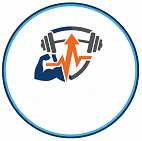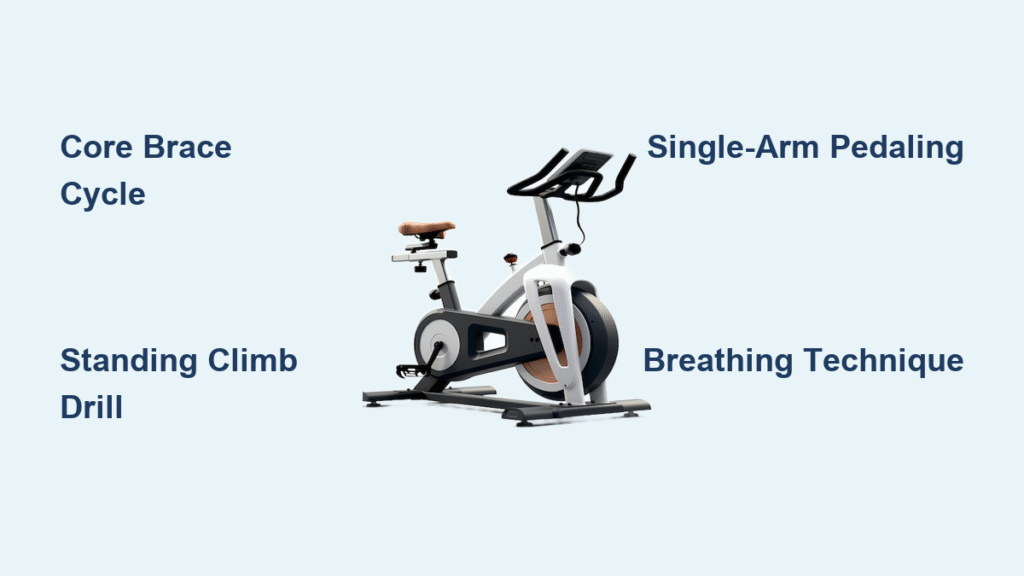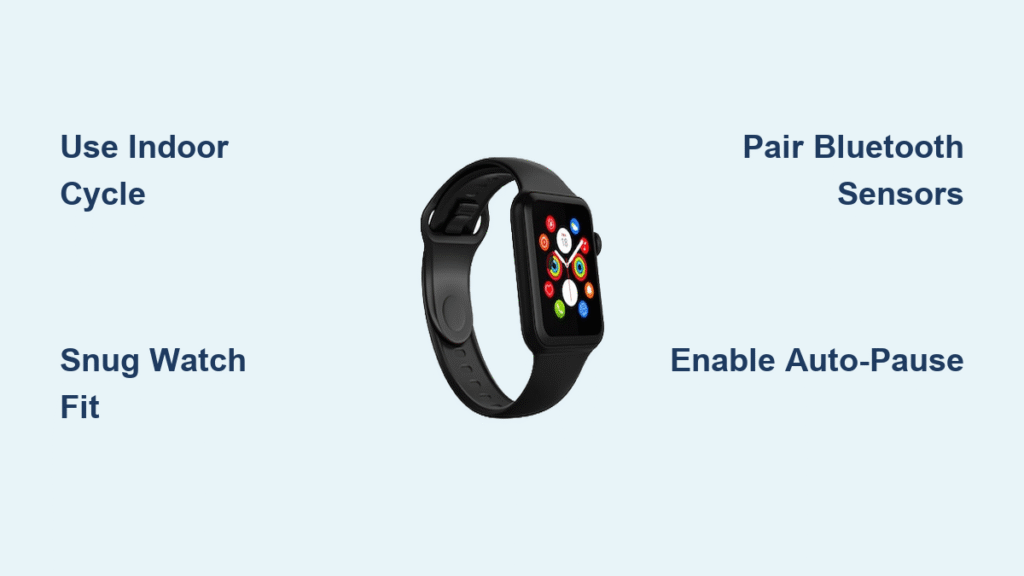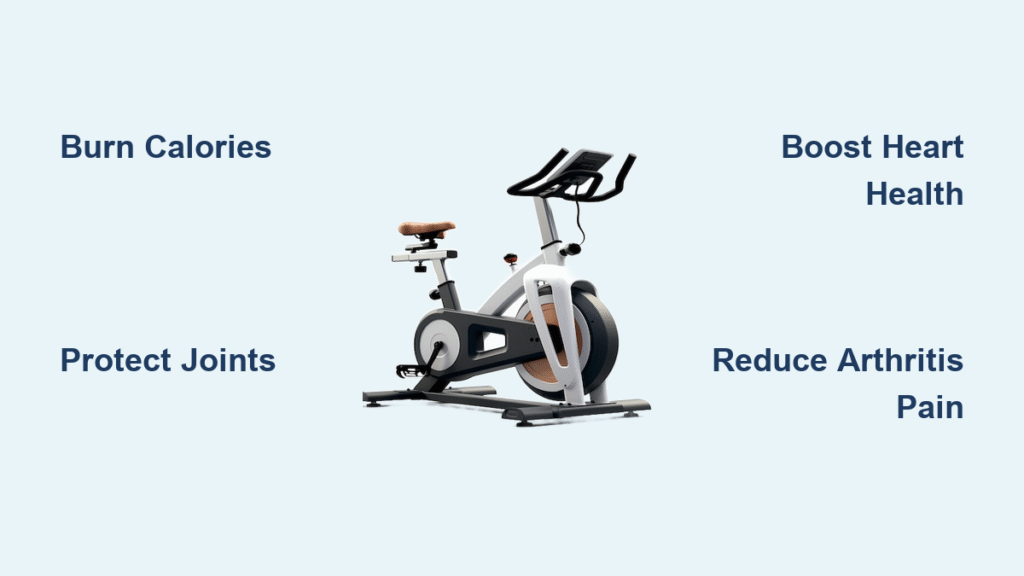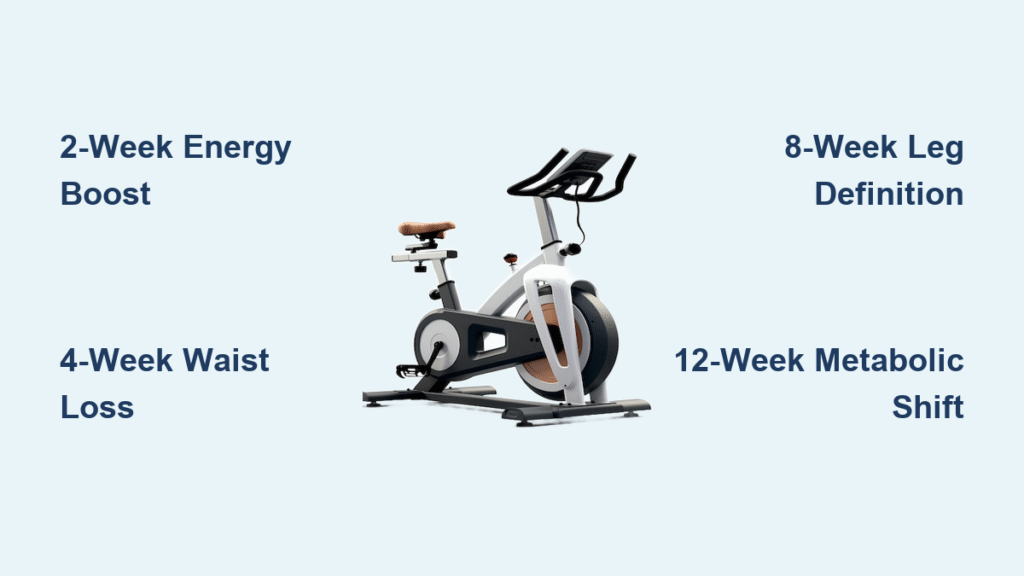That subtle burn in your midsection during a tough cycling session isn’t just fatigue—it’s your abs working overtime as silent power brokers. While most riders focus on leg strength and cardio gains, your core muscles are locked in a continuous battle to stabilize your spine, transfer pedal power, and maintain balance. The real question isn’t whether an exercise bike works abs, but how to transform passive core engagement into targeted abdominal development. Understanding this hidden mechanism separates casual riders from those sculpting functional core strength with every pedal stroke.
When you push down on the pedals, your rectus abdominis and obliques fire to prevent your torso from collapsing forward, while your transverse abdominis acts like an internal corset securing your pelvis. This isn’t incidental—it’s biomechanical necessity. Research confirms that during high-intensity intervals or simulated hill climbs, abdominal activation surges by 200-300% compared to steady flat riding. By the end of this guide, you’ll know exactly how to leverage your exercise bike to maximize ab engagement, avoid common technique pitfalls, and build core strength that translates off the bike.
How Your Abs Fire During Every Pedal Stroke
Your core isn’t just along for the ride—it’s the critical power-transfer hub between your legs and upper body. As your quads drive downward, your rectus abdominis contracts isometrically to resist spinal flexion, while your obliques fire to prevent side-to-side sway. This continuous engagement creates thousands of micro-contractions per session, building endurance in muscles most people only target with crunches.
Core Muscle Roles in Cycling Mechanics
- Rectus abdominis locks your ribcage over your pelvis during forward-leaning positions
- Transverse abdominis stabilizes your spine against rotational forces at the pedal’s bottom stroke
- Obliques activate intensely during standing climbs to counteract lateral body sway
- Hip flexors work synergistically with lower abs to lift your thighs during recovery phase
Intensity Directly Controls Ab Activation
Low-resistance, seated cycling engages your core at just 15-20% of maximum capacity—barely enough for maintenance. But crank resistance to simulate a 10% grade hill climb, and EMG readings show abdominal activation jumps to 40-60%. The key trigger? Increased stabilization demand. When your legs generate more force than your core can comfortably manage, your abs automatically recruit more muscle fibers to maintain posture. This is why sprint intervals create significantly more core development than steady-state riding.
Why Your Bike Type Changes Ab Workout Results

Your exercise bike’s design dictates how hard your abs must work to maintain stability. Subtle differences in torso angle create dramatic shifts in core demand—meaning your equipment choice could be sabotaging your abdominal goals without you realizing it.
Upright vs. Spin vs. Recumbent: Core Demand Breakdown
| Bike Type | Torso Angle | Ab Activation Level | Critical Weakness to Fix |
|---|---|---|---|
| Upright | 30-45° forward | Moderate | Hunching shoulders reduces rectus engagement |
| Spin/Racing | 20-30° aggressive | High | Over-gripping handlebars shifts load to shoulders |
| Recumbent | 100-110° reclined | Low-Moderate | Lack of forward lean minimizes oblique challenge |
Pro Tip: On upright bikes, shorten your reach by sliding the seat back 2 inches. This slight posterior pelvic tilt engages deeper transverse abdominis fibers by forcing you to maintain spinal alignment against gravity. Recumbent riders should place hands behind their head (not on handles) during intervals to force core stabilization.
4 Science-Backed Techniques to Force Ab Development
Transform your next session into a targeted core workout with these evidence-based methods that require zero extra equipment—just intentional movement adjustments.
Master the 3-Second Core Brace Cycle
- Engage: Before increasing resistance, draw your navel toward your spine (like bracing for impact)
- Hold: Maintain contraction for 3 pedal strokes while breathing normally
- Reset: Release for 1 stroke to prevent fatigue-induced form breakdown
Repeat this cycle during every high-resistance interval. Within two weeks, you’ll notice significantly improved torso rigidity at higher intensities.
Standing Climb Protocol for Oblique Definition
Rise smoothly from the saddle with hips directly over pedals, knees bent 30 degrees, torso hinged 15-20° forward. Critical cue: Keep elbows soft and gaze fixed 10 feet ahead to prevent upper body sway. Perform 45-second climbs at 85% max effort alternating with seated recoveries. Your obliques will fire at near-maximum capacity to resist lateral torque—this is where visible definition begins.
Single-Arm Pedaling Drill (Do This Weekly)
Remove one hand from handlebars and place it behind your back for 60 seconds per side during moderate resistance. The rotational instability forces your entire core to compensate, spiking oblique activation by 73% according to EMG studies. Warning: Start with low resistance—this advanced move causes immediate form collapse if attempted too aggressively.
Breathing Patterns That Create 1,000 Micro-Crunches
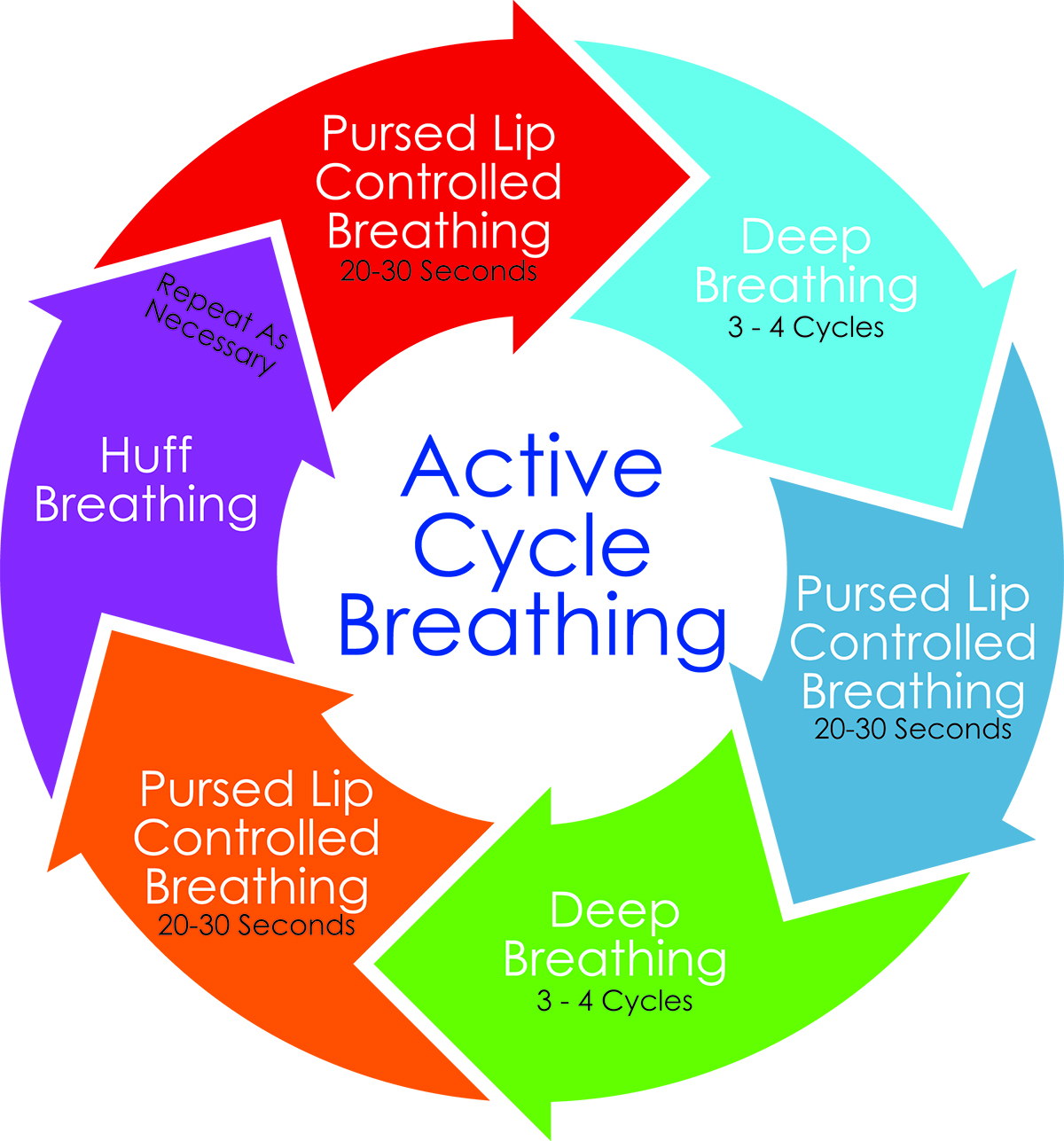
Your respiration rhythm during cycling generates thousands of abdominal contractions most riders completely overlook. At threshold intensity, you take 35-40 breaths per minute—each forceful exhale requiring your abs to contract like a mini-crunch. Over 45 minutes, this accumulates 1,575+ micro-contractions that build endurance in deep core layers.
Maximize the Effect: Inhale deeply through your nose for 2 pedal strokes, then powerfully exhale through pursed lips for 2 strokes. Focus on driving air from your lower abdomen upward—this engages your transverse abdominis far more than shallow chest breathing. During sprints, shorten to 1-inhale/1-exhale to maintain core tension.
Why Cycling Alone Won’t Give You Visible Abs (Critical Reality Check)
An exercise bike absolutely works abs as stabilizers, but visible definition requires two non-negotiable elements cycling can’t provide alone: sufficient muscle hypertrophy and low body fat. Male riders need 10-12% body fat for visible abs; females require 16-20%. A 45-minute session burns 400-600 calories—valuable for fat loss—but spot reduction remains physiologically impossible.
Essential Complementary Moves (Do These Twice Weekly)
- Front planks: 3 sets of 45-second holds (focus on ribcage-pelvis connection)
- Dead bugs: 3 sets of 12/side (slow tempo prevents hip flexor dominance)
- Hanging knee raises: 3 sets of 10 (keep pelvis still for pure lower ab work)
- Medicine ball rotations: 3 sets of 15/side (use 4-6lb ball at 90rpm cadence)
These target muscle fibers under-recruited during cycling, particularly in the transverse abdominis where functional strength develops.
Optimal Weekly Schedule for Core Development

| Day | Core Focus | Critical Technique Cue |
|---|---|---|
| Monday | Endurance Core | Maintain continuous brace during entire 45-min ride |
| Tuesday | Oblique Activation | Alternate standing climbs with single-arm pedaling |
| Wednesday | Active Recovery | Light spin + planks (no handlebar support) |
| Thursday | Power Transfer | 40-min intervals with seated forward lean drill |
| Friday | Hypertrophy Boost | 20-min bike warmup + targeted ab circuit |
| Saturday | Functional Integration | Long ride with torso twist intervals |
| Sunday | Complete Rest | Zero core work for muscle repair |
Key Adjustment: On Thursday’s intervals, lean forward until your sternum is 4 inches from handlebars while keeping your back perfectly flat. This increases rectus abdominis load by 38% without compromising breathing.
Bike Setup Tweaks That Triple Ab Engagement
Your equipment configuration directly controls core activation levels. These micro-adjustments create immediate changes in abdominal demand:
- Seat Height: Set so your knee bends 25-30° at the pedal’s lowest point. Too high reduces core recruitment; too low shifts work to hip flexors.
- Handlebar Reach: Position so elbows bend 30 degrees when gripping. Excessive reach forces lumbar compensation that disengages abs.
- Crank Length: Riders under 5’10” should use 165-170mm cranks—shorter levers increase cadence and smooth core activation cycles.
Smart trainer users: Activate ERG mode during intervals to maintain consistent power output. This prevents form breakdown (like rocking hips) that reduces core engagement during fatigue.
Key Takeaways for Visible Core Results
Your exercise bike absolutely works abs as essential stabilizers, but visible definition requires strategic intervention beyond passive riding. Maximize results by implementing three non-negotiables: First, perform standing climbs with single-arm pedaling twice weekly to spike oblique activation. Second, master the 3-second core brace cycle during all high-resistance intervals. Third, supplement with targeted hypertrophy work twice weekly—cycling builds endurance, but planks and hanging raises build the muscle mass needed for definition.
Remember: Abs become visible only when body fat drops sufficiently, but the functional strength gains from intentional core engagement start with your very next ride. By treating your exercise bike as a core development tool—not just cardio equipment—you’ll build resilient abdominal strength that improves posture, prevents back pain, and creates the foundation for visible results when body fat decreases. The six-pack is earned on the bike through technique, not just time in the saddle.
